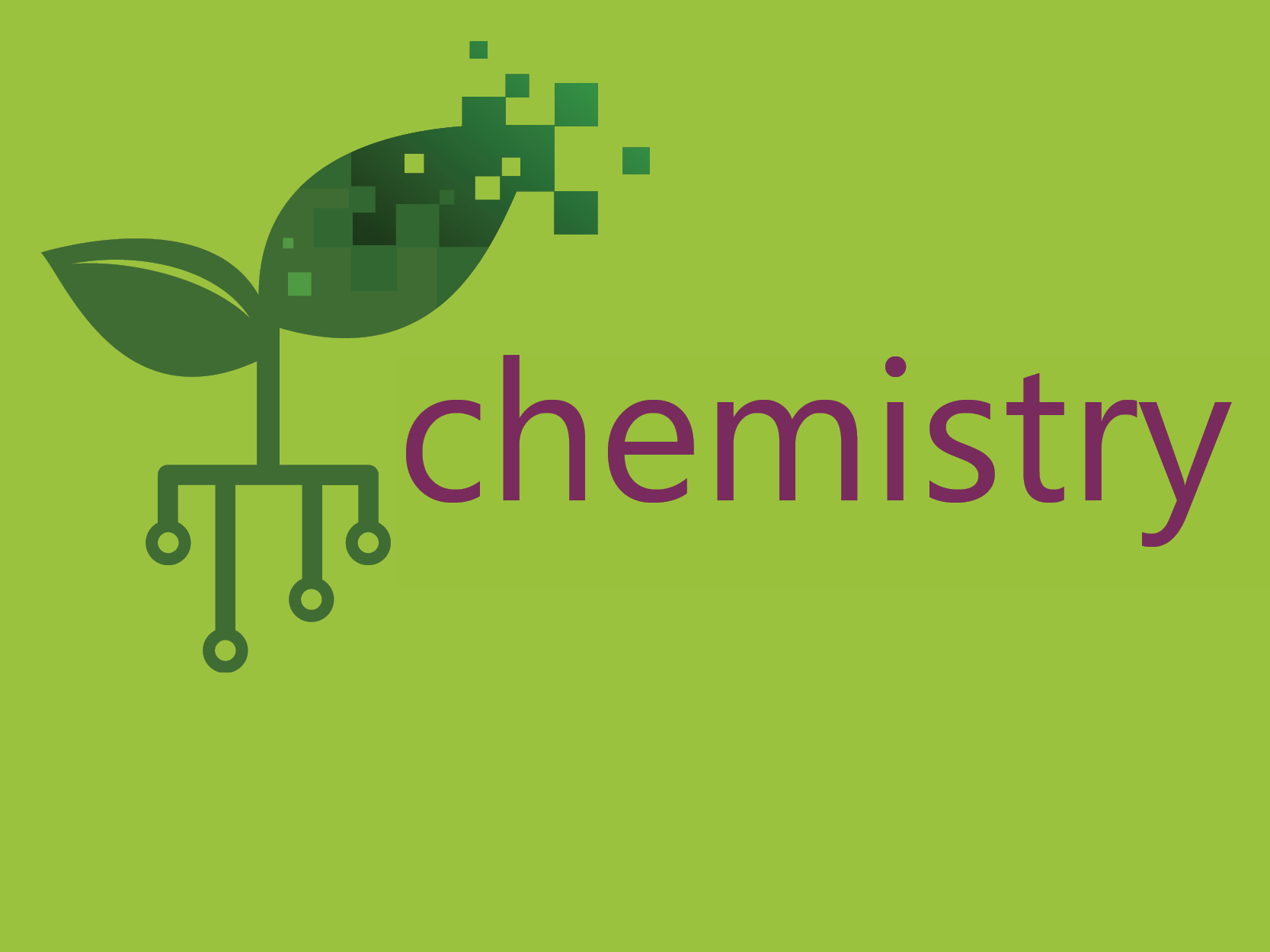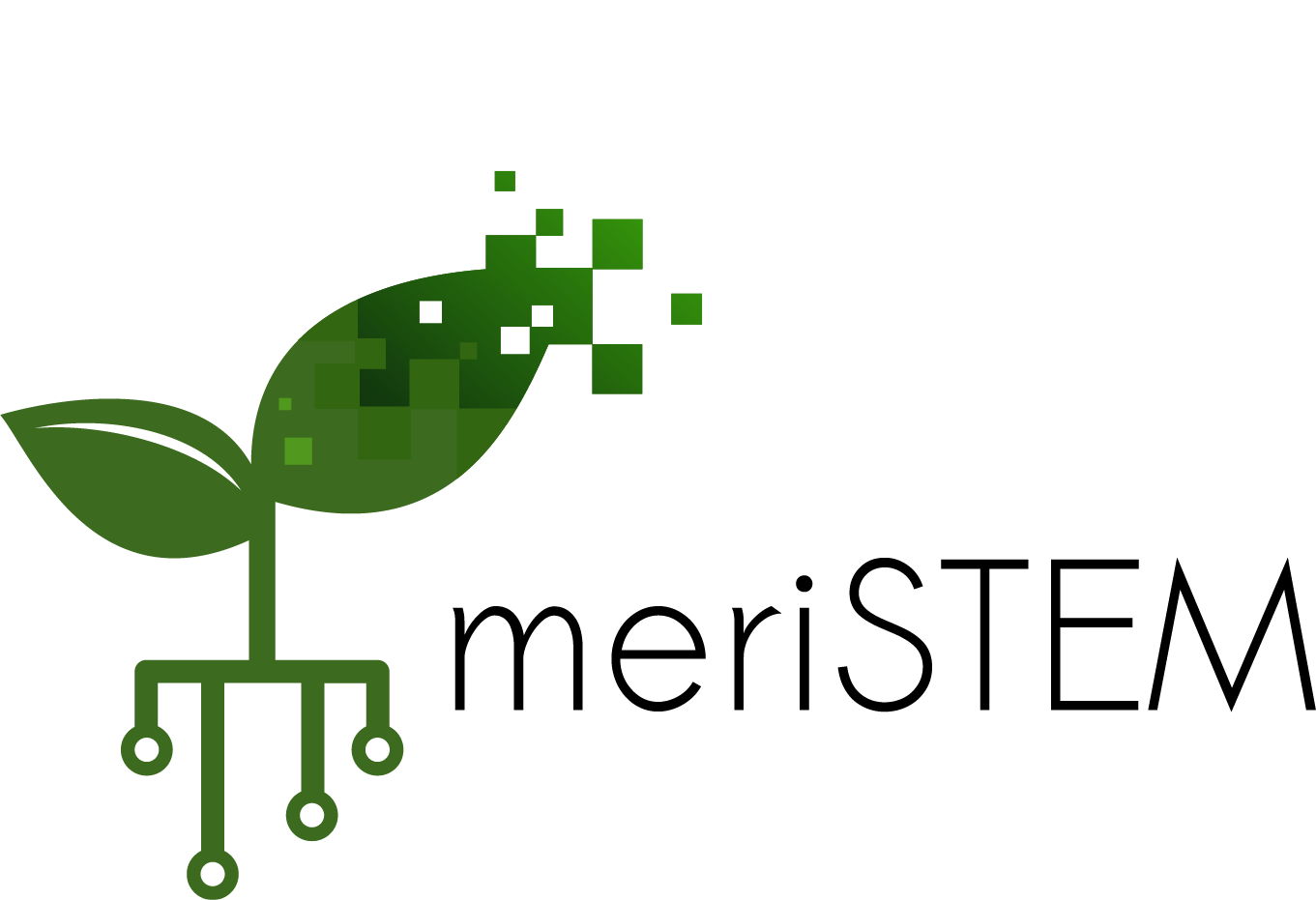meriSTEM Senior Chemistry – IB

The International Baccalaureate state syllabus is different in content and sequence to the Australian Curriculum, however there is much overlap.
These are example schedules to demonstrate the content of the meriSTEM online course as it might map to the IB curriculum.
Topics 1 – 3
| IB Topic | Essential ideas | meriSTEM Module | Use meriSTEM sub-topics | Australian Curriculum Chemistry Science Understandings |
|---|---|---|---|---|
| 1. Stoichiometric relationships | Matter and chemical change | Matter and Elements | 1. Matter & terms, 2. Mixtures, 3. Atoms, 4. Ions, 5. Compounds, | 16, 17, 18, 25, 26, 30, 33 |
| Mole concept | Quantities | 1. Counting atoms, 3. Chemical formulae 4. Stoichiometry 7. Chemical quantities | 24, 36, 37, 39, 40, 41, 42, 63, 66, 67 | |
| Reacting masses and volumes | 2. Mole, mass and volume relationships, 5. Reaction stoichiometry 6. Limiting reactants | 36, 39, 66, 67 | ||
| 2. Atomic structure | The nuclear atom | Matter and Elements | 3. Atoms, 9. Isotopes, 10. Analytical chemistry | 16, 17, 18, 21, 22, 23 |
| Electron configuration | 6. Introduction to light, 7. Atomic secrets in the shadows, 8. Electron configuration | 10, 11, 17, 18, 19, | ||
| 3. Periodicity | Periodic table and trends | 9. Periodic trends | 16, 17, 20, 30 |
Topics 4 – 6
| IB Topic | Essential ideas | meriSTEM Module | Use meriSTEM sub-topics | Australian Curriculum Chemistry Science Understandings |
|---|---|---|---|---|
| 4. Chemical bonding and structure | Ionic bonding and structure | Bonds | 1. Bonding, 2. Ionic bonds | 13, 27, 28, 29, 30, 31 |
| Covalent bonding and structure | 4. Covalent bonds, 5. Drawing covalent bonds, 6. Molecular and lattice structures,7. Carbon-based molecules, 8. Organic molecules, 9. Bonds & materials | 27, 28, 29, 31, 33, 34, 35 | ||
| Intermolecular forces | Intermolecular Forces & Gases | 1. Forces inform shape, 2. VSEPR 3. Bond dipoles, 4. Forces | 40, 41, 42, 45, 50, 53, 55, 56, 57, 58 | |
| Metallic bonding | Bonds | 3. Metallic bonds | 27, 29, 32 | |
| 5. Energetics/ thermochemistry | Energy changes | Reactions | 1. Types of reactions, 2. Energy in chemical reactions, 3.Enthalpy, 4. Heat capacity | 36, 37, 38, 71, 72 |
| 6. Chemical kinetics | Collision theory and rates of reaction | Reaction Rates | 1. Reactants, products and rates, 2. Experiments and rates, 3. Enthalpy, 4. Reaction energies, 5. Collision theory | 40, 68, 69, 36, 37, 70, 71, 72, 73 |
Note. As this course was designed around the Australian Curriculum, currently the course does not name:
- Hess’ Law, Gibbs free energy
Topics 7 – 9
| IB Topic | meriSTEM Module | Australian Curriculum Chemistry Science Understandings |
|---|---|---|
| 7. Equilibrium | Equilibrium | 89 – 96 |
| 8. Acids and bases | Acid and Bases | 97 – 102 |
| 9. Redox processes | Redox Reactions | 103 – 111 |
Note. As this course was designed around the Australian Curriculum, currently the course does not name:
- Equilbrium
- Square brackets in chemistry
- Investigation into the chemistry and social, environmental, economic impacts of the Haber process and the work of Franz Haber
- Acids and bases
- Analysis of theories and models and how they change, public understanding of science
- the term ‘amphoteric’
- the ionic product constant K𝓌
- Social and environmental ethics and responsibilities of acid rain
Topics 10, 11
| IB Topic | Essential ideas | meriSTEM Module | Australian Curriculum Chemistry Science Understandings |
|---|---|---|---|
| 10. Organic chemistry | 10.1 Fundamentals of organic chemistry | Organic Molecules | 127 – 129 |
| 10.2 Functional group chemistry | Organic Reactions | 131 – 138 | |
| 11. Measurement and data processing | 11.1 Uncertainties and errors in measurements and results | Analytical Chemistry | 130 |
Note. As this course was designed around the Australian Curriculum, currently the course does not yet thoroughly investigate:
- Hydrocarbons in modern civilisation – agriculture, dyes, pesticides, herbicides, explosives, soap, cosmetics, synthetic scents and flavourings; and ethics, unsustainable production, use and impacts on climate
- Benzene and the discover of benzene’s structure by Kekule
- Nomencalture and properties of arenes, nitriles and ethers
- metabolism and misuse of alcohol
- hydrogenation of alkenes in food production

